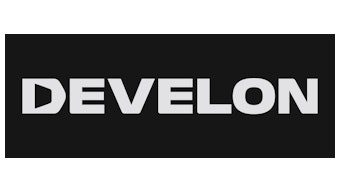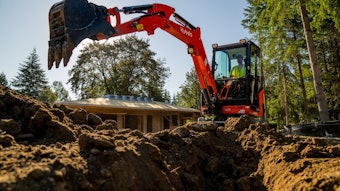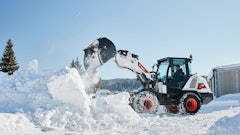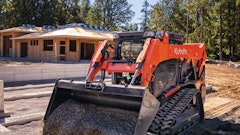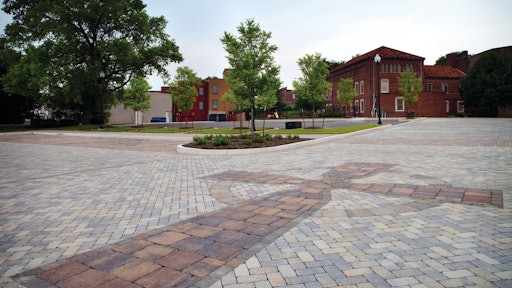
Hardscapes have become a common element of a residential landscape, particularly when it comes to outdoor living spaces. Hardscapes have also long been part of a commercial building's landscape—although they are rarely treated as a special feature or focal point. Rather, hardscapes are utilized as a functional component that can reduce a building's environmental footprint while improving its bottom line.
"Today's LEED-project landscape designs are incorporating a 50-year design life strategy that better utilizes concrete segmental pavement systems and retaining wall systems," says Chuck Taylor, national commercial hardscapes advisor for Belgard Hardscapes. "These systems use manufactured concrete products that exceed ASTM (American Society for Testing and Materials) requirements with regard to psi strength and absorption, which resist deterioration due to freeze-thaw cycles and reduce maintenance costs over the design life of the system."
Though secondary, aesthetics are still important. Taylor says that today's hardscape products are being processed with textures, finishes, colors and recycled materials to better provide a look and feel that better complements the building and natural environment surrounding the hardscape.
Sustainability, permeable pavers on the rise
The utilization of sustainable hardscape materials and processes is clearly on the rise.
In Chicago, for example, Taylor says he is seeing nearly half of commercial paver projects being designed with permeable pavers for parking lots, streets, walks and plazas. "Tennessee, Kentucky, Iowa and North Carolina are states where we see major projects being embraced by both municipal and private sectors for permeable pavement systems," Taylor adds. "These systems are both cost-effective and effective solutions for stormwater management."
In general, Taylor says, a 10% increase in the use of permeable pavers has been occurring for the past three to four years. He believes this rate will increase to at least 20% over the next five years as municipalities adopt strategies that encourage sustainable pavements—and also offer credits to the private sector for sites that provide better land use.
Taylor points to additional features of permeable interlocking concrete pavement systems that will also help drive the marketplace:
- Reduction of thermal pollution by using SRI (solar reflectance index) materials
- Reduced lighting requirements and electricity for nighttime illumination of parking lots
- Storing and reusing water for irrigation or other gray water uses
- The desire to capture and treat the first-flush pollutants as directed by the EPA as part of the Clean Water Act; will also be able to replenish the groundwater as a natural process of this system
- Reduction in stream temperature increases (see below)
- Mitigating peak flows and reducing scouring and erosion of stream banks (see below).
Stream temperatures can be reduced by delaying outflow. With permeable pavement, the stormwater goes into the pavers instead of across them. Also, the stormwater stays inside the aggregate substructure before it goes underground or through a discharge structure. During those steps, the water naturally cools and enters streams and rivers at a temperature that is safe for aquatic life. Conversely, stormwater gets superheated when it travels across asphalt pavement.
Permeable pavement also mitigates peak flows by accepting water into the aggregates and releasing it slowly into the natural environment. That constant flow rate is gentler on stream banks than a rush of water.
"Think of a bathtub," Taylor relates. "If the water coming into the bathtub exceeds the size of the drain hole, the water will build up. The water will eventually drain, just at a longer rate. That is what happens when you mitigate peak flows through permeable pavement; the water stays in the storage substructure while it slowly flows toward streams and rivers."





